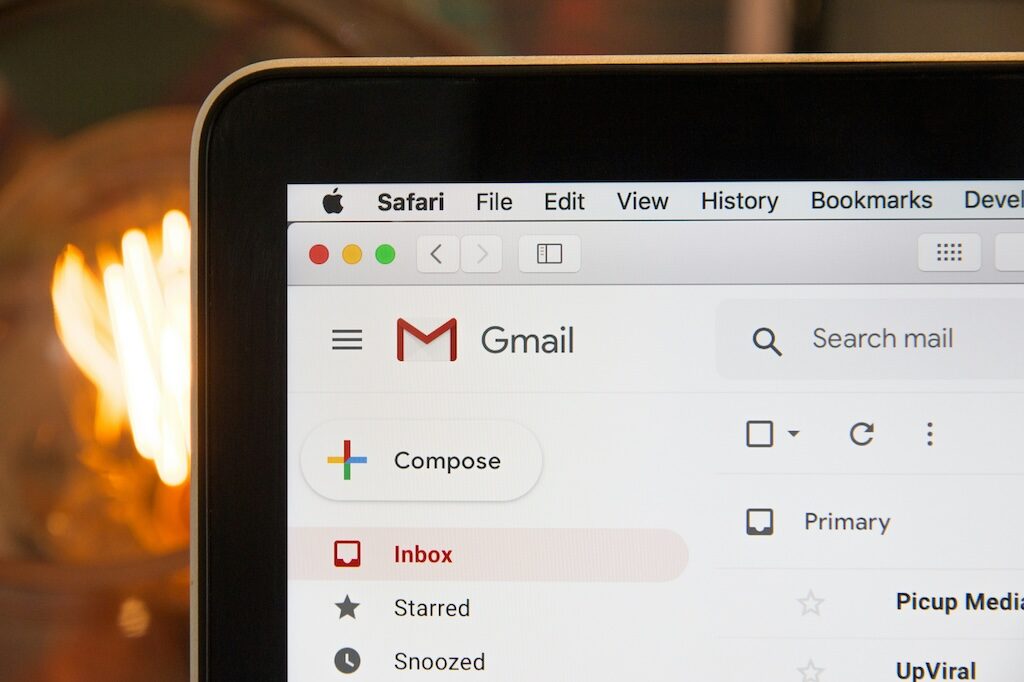In the ever-evolving landscape of digital marketing, email remains a cornerstone for businesses to connect with their audience effectively. As we navigate through 2024, it’s crucial for marketers to stay abreast of the latest trends shaping the email marketing domain. Let’s delve into three prominent trends that are redefining email strategies this year.
- Hyper-Personalization Takes Center Stage: Gone are the days of generic email blasts. In 2024, hyper-personalization emerges as a game-changer in email marketing. Beyond merely addressing recipients by their first name, brands are leveraging advanced data analytics and AI-driven insights to craft highly tailored content. From dynamic product recommendations based on past purchases to personalized subject lines that resonate with individual preferences, hyper-personalization fosters deeper connections and boosts engagement rates. By understanding each subscriber’s behavior, interests, and lifecycle stage, marketers can deliver relevant content that cuts through the noise and drives conversions.
- Interactive Email Content Elevates Engagement: In a crowded inbox, static emails often struggle to capture attention. This year, the rise of interactive email content is transforming traditional campaigns into immersive brand experiences. Marketers are incorporating elements like polls, quizzes, countdown timers, and carousels directly within emails to encourage active participation from recipients. Interactive emails not only grab attention but also drive higher click-through rates and dwell time. Moreover, they provide valuable insights into subscriber preferences and behaviors, enabling marketers to refine their strategies for maximum impact. By embracing interactivity, brands can foster stronger connections with their audience and stand out in a sea of static messages.
- Embracing Sustainability and Ethical Email Practices: As consumers become increasingly environmentally and socially conscious, brands are under growing pressure to adopt sustainable and ethical practices across all aspects of their operations, including email marketing. In 2024, there’s a notable shift towards eco-friendly email strategies aimed at reducing carbon footprints and minimizing electronic waste. This entails practices such as optimizing email designs for energy efficiency, prioritizing text-based emails over image-heavy ones, and implementing clean coding techniques to streamline rendering across devices. Furthermore, ethical considerations extend to consent management and data privacy, with brands prioritizing transparency and compliance with regulations like GDPR and CCPA. By aligning email practices with sustainability and ethics, brands not only demonstrate their commitment to social responsibility but also build trust and loyalty among environmentally conscious consumers.
In conclusion, 2024 heralds a new era of email marketing characterized by hyper-personalization, interactive content, and sustainability. By embracing these trends and adapting their strategies accordingly, marketers can forge deeper connections with their audience, drive engagement, and achieve their business objectives in an increasingly competitive digital landscape. As we navigate the evolving terrain of email marketing, staying informed and agile is key to staying ahead of the curve and delivering meaningful experiences that resonate with subscribers.
FAQ
What are the top three email marketing trends for 2024?
The top three trends for email marketing in 2024 include the increasing importance of automation, the rise of hyper-personalization, and the need for interactive email content.
How can I stay ahead in the email marketing game?
Staying ahead in the email marketing game involves leveraging automation technologies, personalizing your emails to meet the unique needs and preferences of each customer, and creating interactive content that engages your audience.
Why is hyper-personalization becoming a major trend in email marketing?
Hyper-personalization is becoming a major trend in email marketing because it significantly increases engagement rates. By personalizing emails to the individual level, businesses can create more relevant, engaging content that improves customer retention and increases sales.


